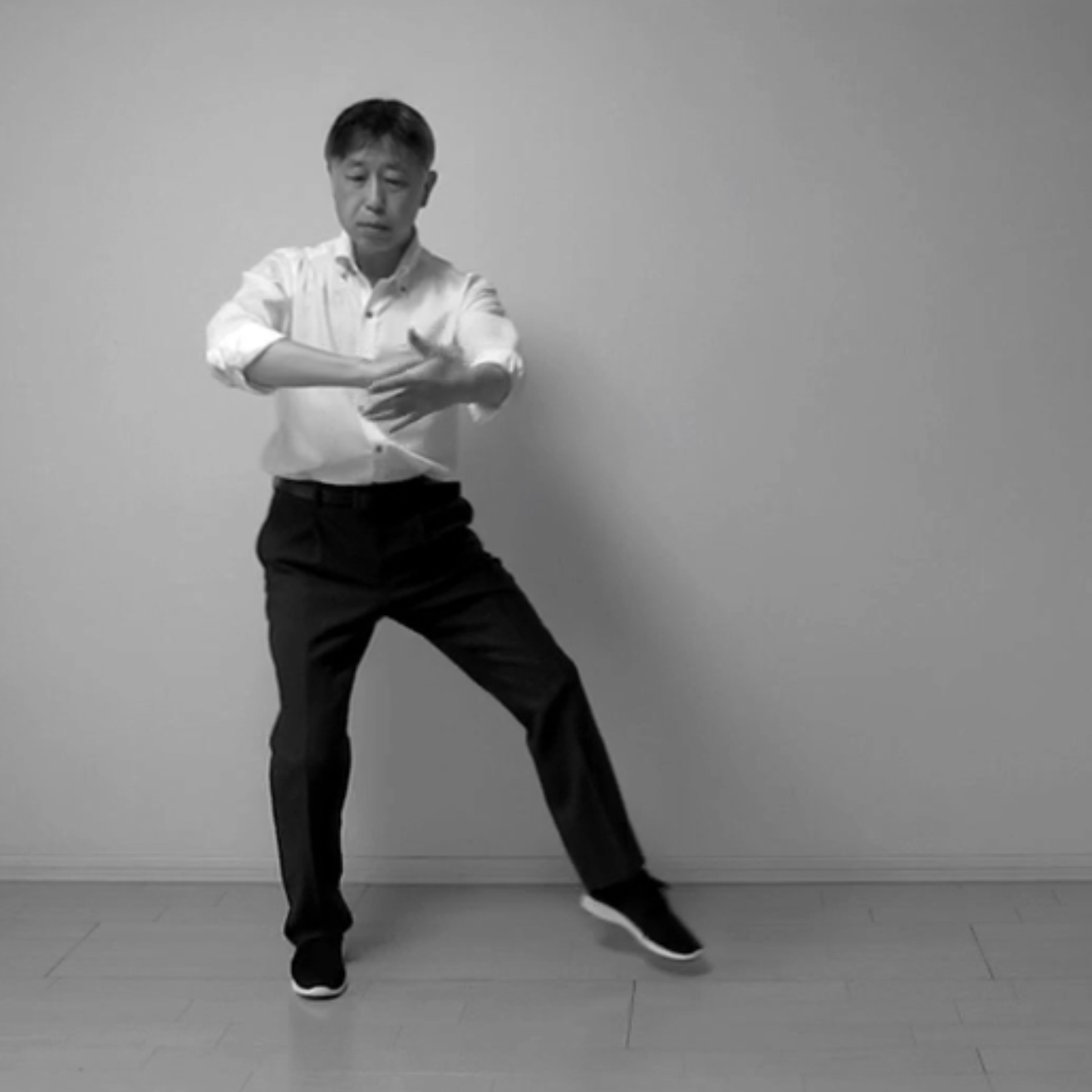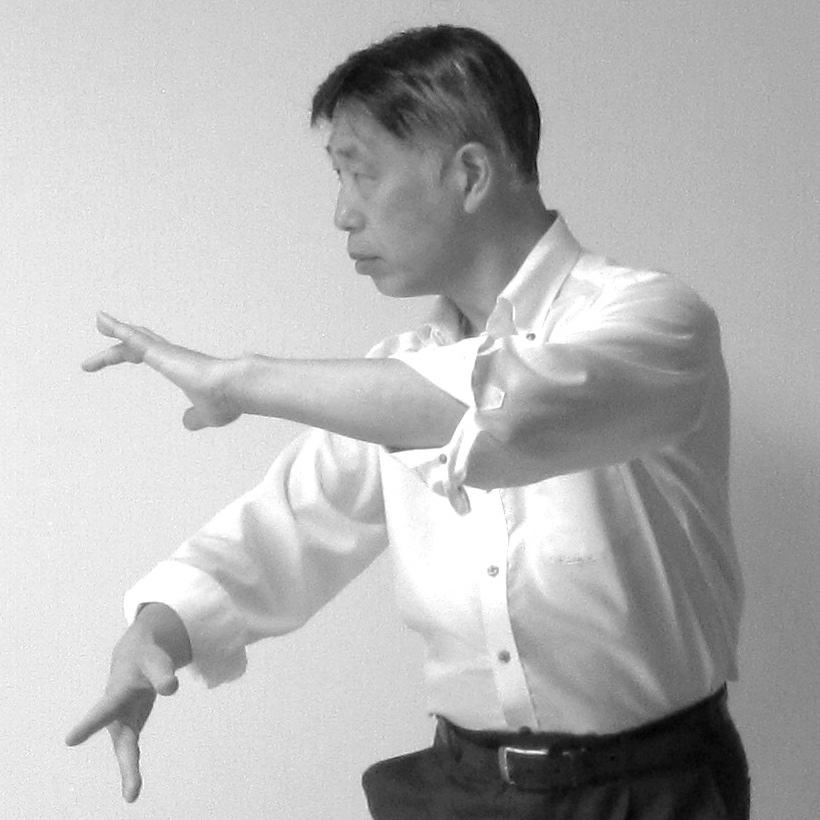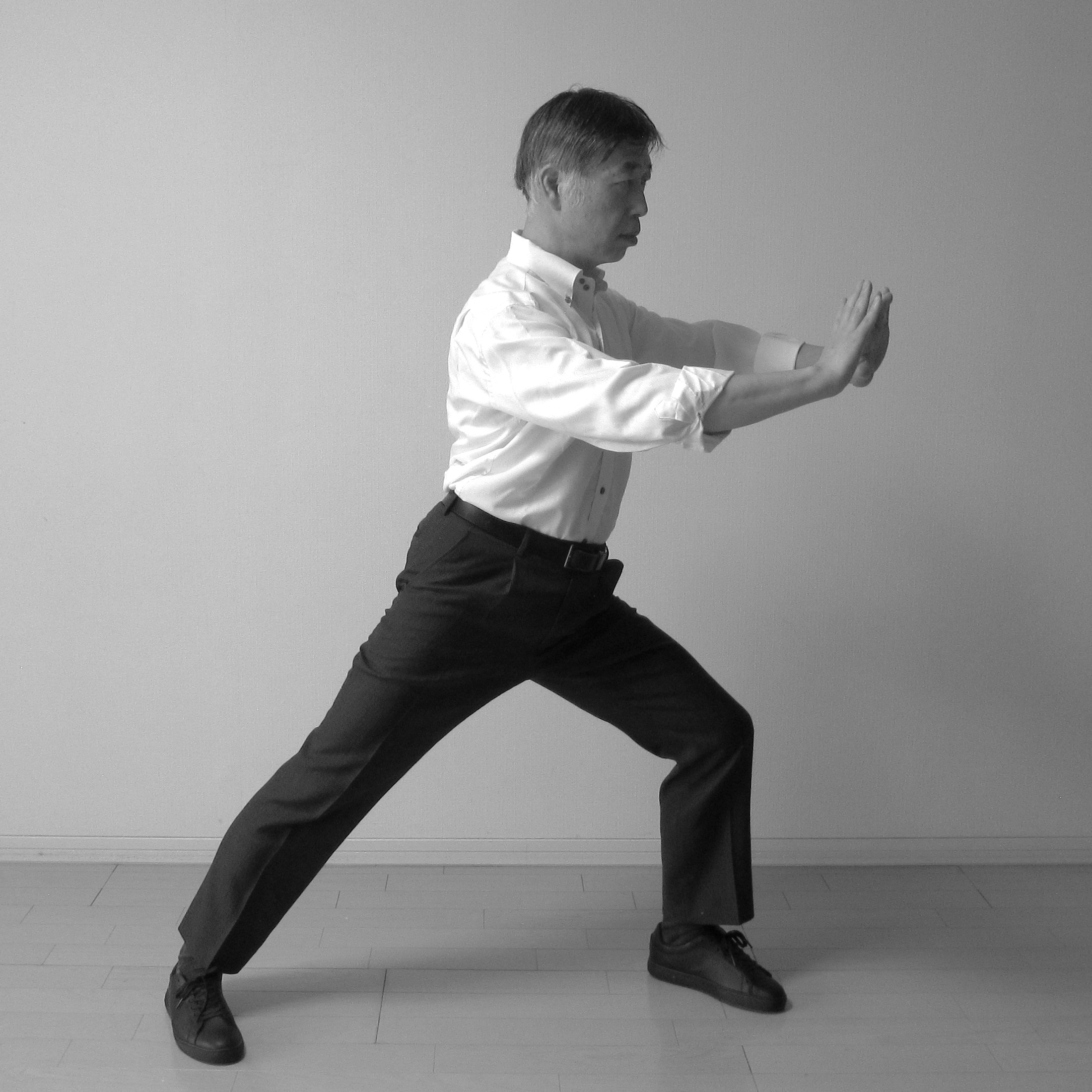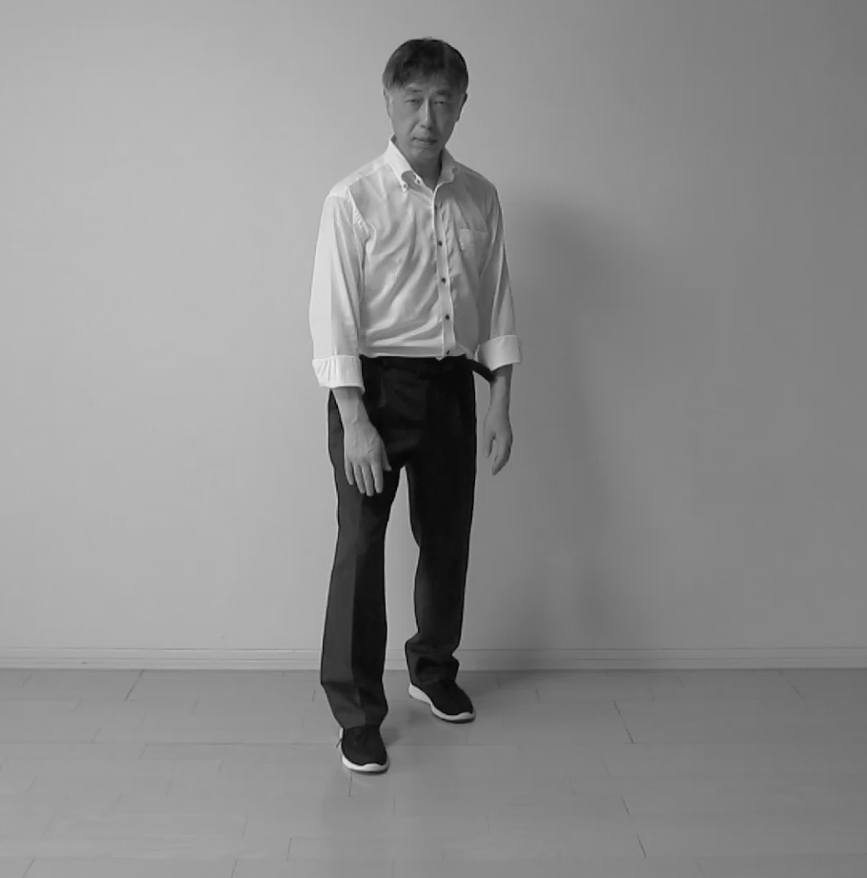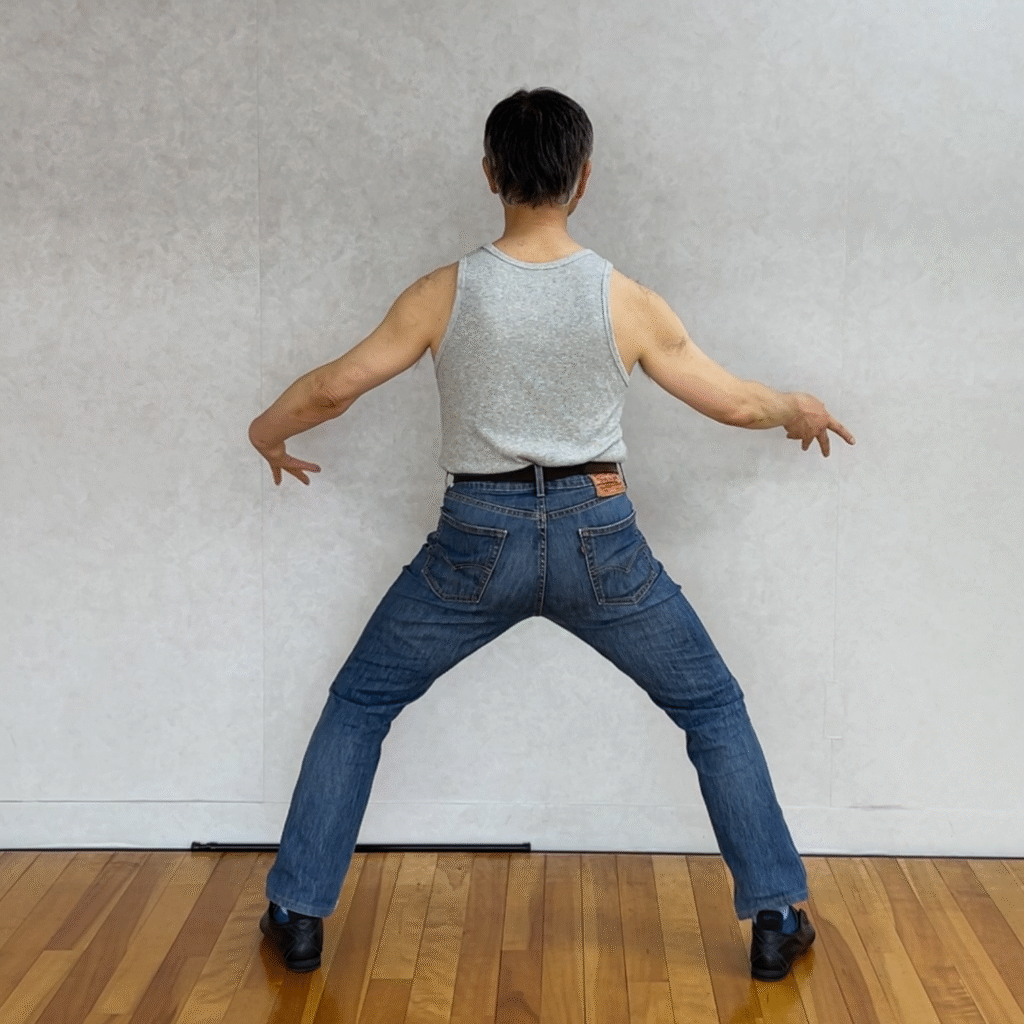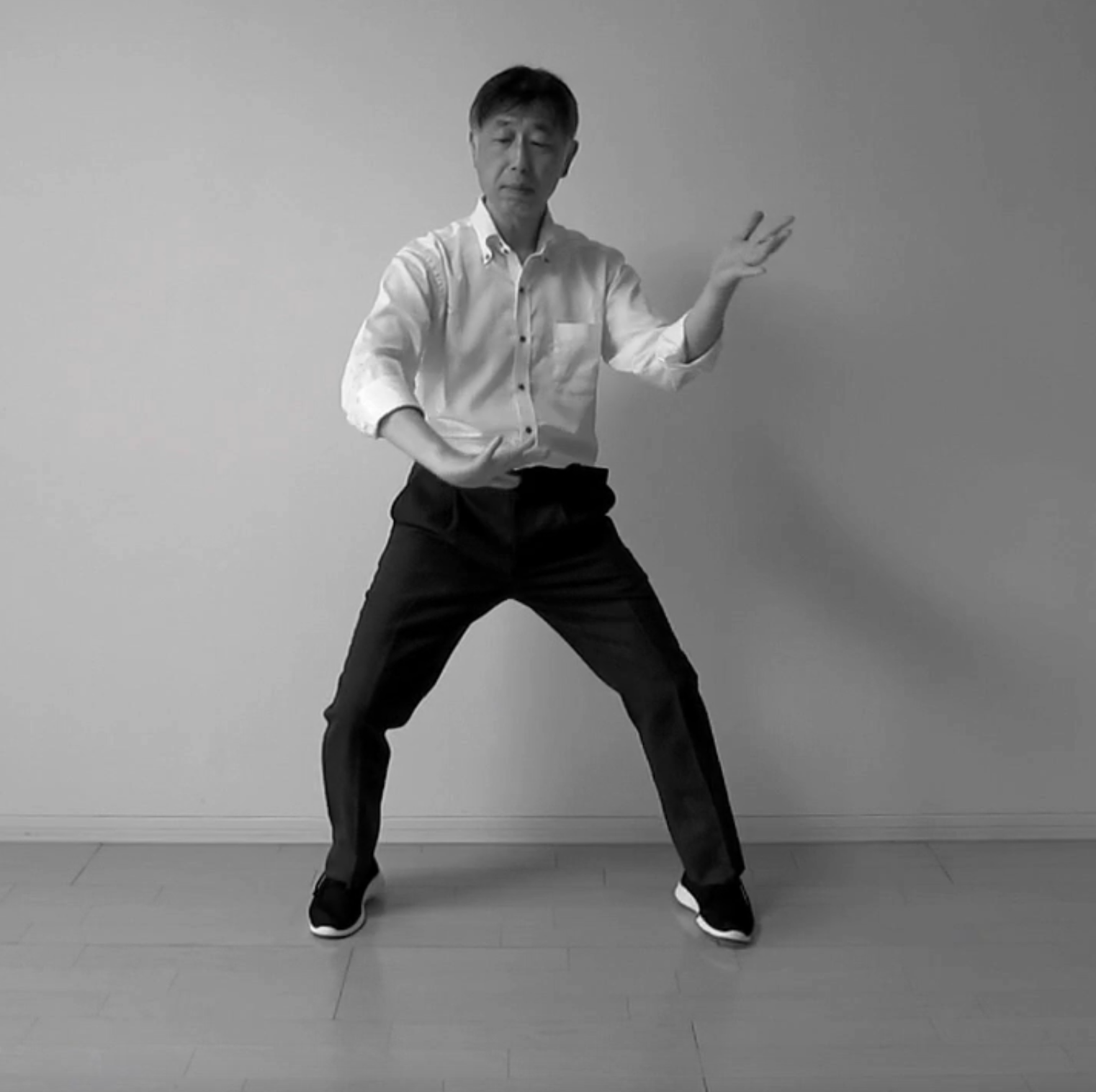
In Taijiquan movements, each joint functions as a pivot, and these pivots move sequentially, enabling the efficient transmission of force. By maintaining awareness of the external triple coordination, the upper and lower body work in harmony, allowing the whole body to generate unified force as an integrated system.
This blog is best understood when read in conjunction with “The Dynamic Principle of Taijiquan: Jin is not Qi,” published in August 2020.
Now, let’s get explore the secret behind how Taijiquan generates an iron-like force through soft and fluid movements.
“Theory of Taijiquan The External Triple Coordination” の続きを読む

